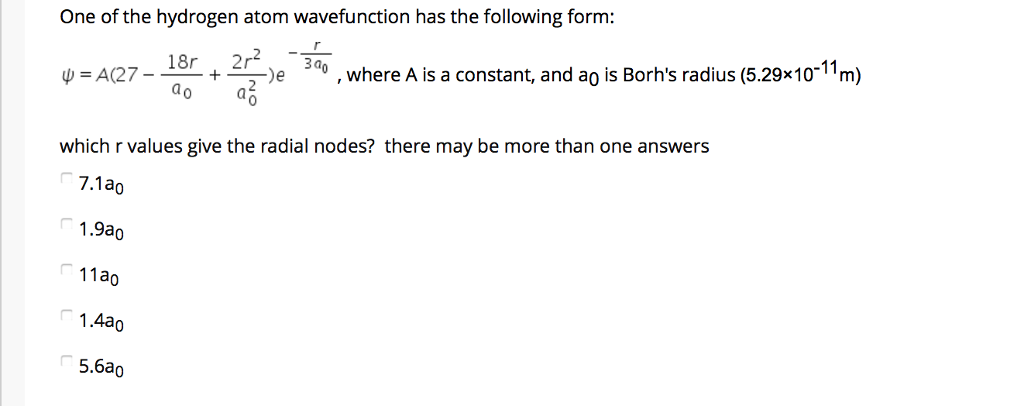

In the end, three orbitals possess 6 electrons, and the p orbital gets filled.Įxplanation of Degenerate Orbitals with Diagram Every orbital at first obtains one electron, then the next electron of opposite spin fills in the same orbital. All these three orbitals have similar energy belonging to the same orbital (p), hence are called degenerate molecular orbitals. The p orbital has three orbitals px, py, and pz. Here is a degenerate orbitals example that will help students to understand the degenerate orbital meaning more clearly.Įxample: An atom has four orbitals, namely s, p, d, and f. This principle helps to predict the type of chemical bond that an atom can form. The two 2s electrons will occupy the same orbital, which is consistent with Hund's rule, whereas the two 2p electrons will occupy different orbitals.Īufbau’s principle states that electrons are filled in order from lower energy levels to higher energy levels, where the lower energy levels are filled first. One example in which this would be true is the electron configuration of a carbon atom, which would be 1s☢s☢p². It's determined by the spin of the first electron in a sublevel what the spin of the other electrons will be. The spins of unpaired electrons in singly occupied orbitals are the same when we consider the second rule. Because electrons do not share orbitals, their repulsion is minimized. These negatively charged particles repel one another.

An electron occupying single orbitals has the same spin as an electron in multiple orbitals.Īfter entering an orbital, electrons pair with each other. A sublevel consists of single orbitals that are occupied before multiple orbitals can occupy them.Ģ. Three principles explain the process of filling electrons in subsequent levels, namely the Pauli-exclusion Principle, Aufbau Principle, and Hund’s Rule.ġ. Hund's rule of electrons states that degenerate orbitals are filled evenly before electrons are filled in higher energy levels. The rule states that, for p, d, and f orbitals, electrons must be paired only if each orbital contains an electron or is singly occupied. The degeneracy disrupts the application of the magnetic field.įor a given electron configuration, Hund's Rule of Maximum Multiplicity states that the term with maximum multiplicity has the lowest energy. These degenerate orbitals exist at every moment until not disturbed by the magnetic field. The same subshell electron orbitals having the same energy level are known as degenerate orbitals.

Here we will learn the basic structure of the atom by understanding degenerate orbitals' meaning and their concerned principles like the Aufbau Principle and Hund's Rule. Our theoretical model together with the material predictions provide a realistic platform for the study of flat-bands and related exotic quantum phases.Chemistry is a subject of visualization and learning of concepts on matter and chemical compounds. The spin polarized nearly flat-band can be realized in the ferromagnetic state of a Gd 2CCl 2 monolayer, which has been fabricated in experiments. More interestingly, the flat-band is partially filled in the heterostructure of a K 2S monolayer and graphene layers. Some of the former are theoretically predicted to be stable as layered materials (e.g., K 2S), and some of the latter have been experimentally fabricated in previous works (e.g., Gd 2CCl 2). Our theoretical analysis and first-principles calculations show that the proposed flat-band can be realized in 1T layered materials of alkali-metal chalogenides and metal-carbon group compounds. Here we propose a novel and realistic flat-band model based on threefold degenerate p-orbitals in two-dimensional ionic materials. Though several theoretical models have been proposed to design electronic flat-bands, the definite experimental realization in two-dimensional atomic crystal is still lacking.


 0 kommentar(er)
0 kommentar(er)
